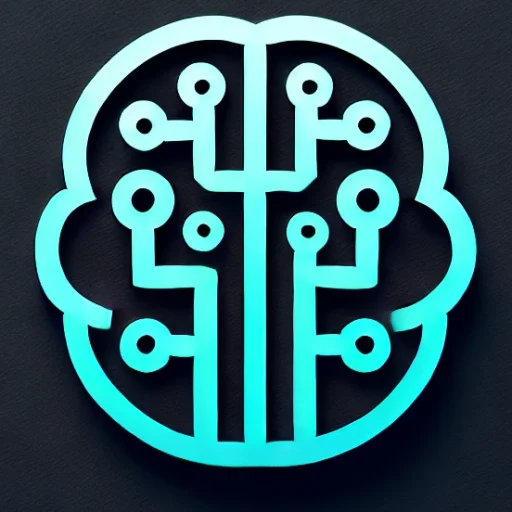
Introduction
The world of Artificial Intelligence (AI) is abuzz with the revolutionary impact of Generative AI, a subset of AI focused on creating new and original content. From generating art and music to crafting intricate written content and even coding, Generative AI’s capabilities are redefining creativity and innovation across multiple industries. With companies racing to leverage these transformative technologies, understanding the implications and potential of Generative AI has become more crucial than ever.
Key Insights & Latest Advancements
In recent years, advancements in Generative AI have been monumental, largely propelled by breakthroughs in deep learning and neural networks. Key technologies such as Generative Adversarial Networks (GANs) and Transformer models have paved the way for creating complex and coherent outputs. OpenAI’s GPT series and Google’s BERT represent significant strides in natural language processing, demonstrating unprecedented capabilities in generating human-like text.
One of the most exciting developments has been the ability of these models to perform few-shot and zero-shot learning, where systems can make accurate predictions or generate content with minimal examples. Additionally, tools like DALL-E, capable of creating detailed images from textual descriptions, are setting new benchmarks in visual creativity.
Real-World Applications
Generative AI is already making waves across various sectors:
- Entertainment and Media: AI-generated scripts, music compositions, and graphic designs are becoming commonplace, allowing for rapid prototyping and experimentation.
- Healthcare: In drug discovery, Generative AI accelerates the design of new compounds, potentially revolutionizing treatment development.
- Fashion: AI is creating innovative designs and predicting trends, helping brands stay ahead of the curve.
- Technology: Automating code generation and software testing processes significantly reduces development time and costs.
Challenges & Future Outlook
Despite the incredible potential, Generative AI faces several challenges. Ethical concerns around deepfakes, misinformation, and intellectual property rights are paramount. There’s a pressing need for regulations and guidelines to govern the use and distribution of AI-generated content.
Technically, ensuring model reliability and reducing biases remain critical issues. As these models require vast amounts of data and computational power, there’s also a growing discourse on the environmental impact of AI.
Looking ahead, the future of Generative AI is promising, with efforts underway to create more efficient, ethical, and sustainable models. As researchers innovate, the technology will likely become more accessible, allowing even small-scale creators to harness its power.
Conclusion
Generative AI stands as a testament to human ingenuity and the relentless pursuit of progress in artificial intelligence. While the road ahead is fraught with challenges, the potential rewards are immense, promising to enhance creativity, streamline processes, and unlock new realms of possibility. As industries continue to adapt and innovate, the influence of Generative AI will undoubtedly shape the future of creativity and technology.
Key Takeaways: Generative AI is not just a buzzword but a transformative force, offering new avenues for creativity and efficiency. As we navigate its challenges, the focus must remain on developing responsible AI systems that enhance human potential and global innovation.

